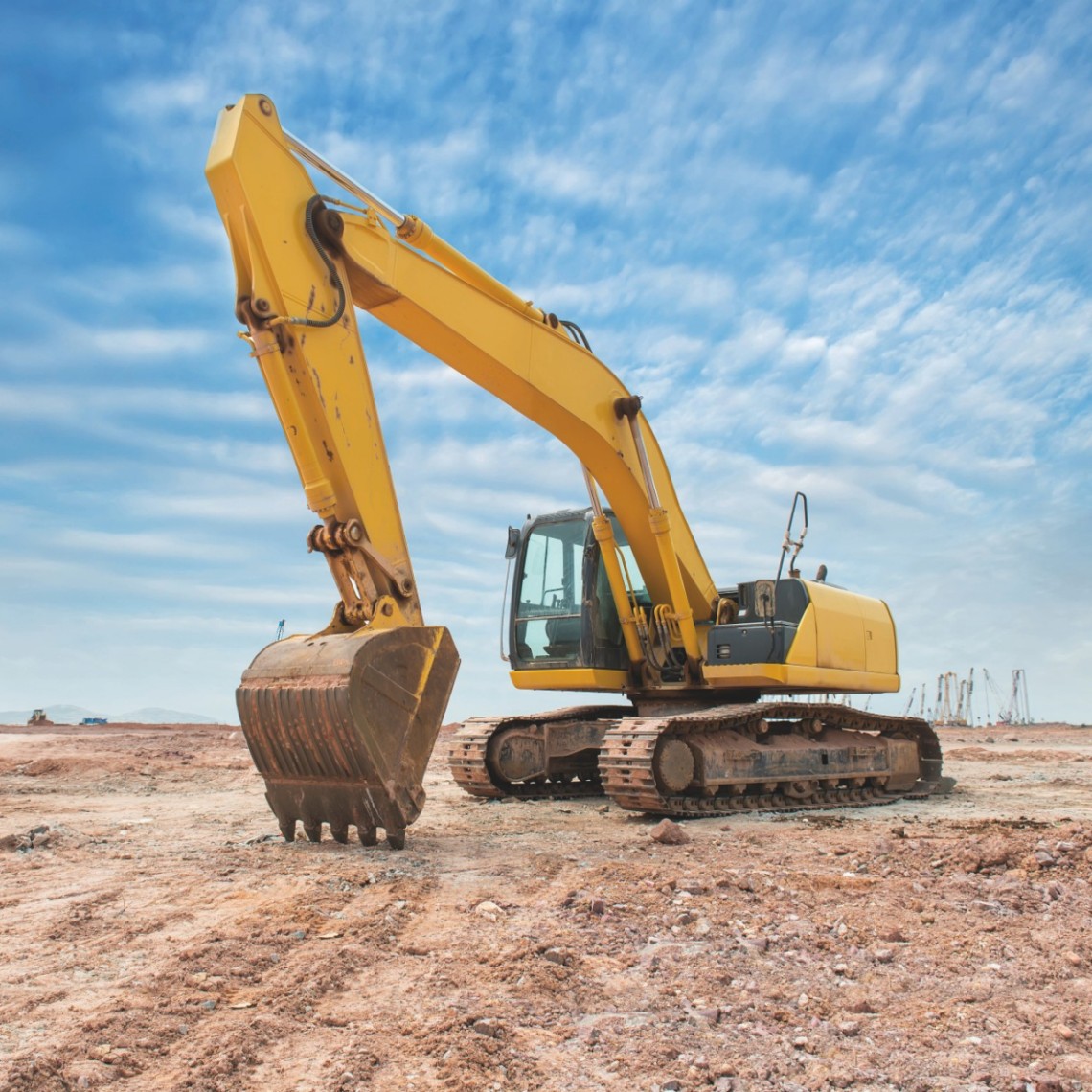
Contractors Plant and Machinery Insurance
In the United States, the main goal of International USA Contractors Plant and Machinery Insurance, or CPM, is to get coverage for the equipment that contractors have, which includes cranes, bulldozers, excavators, and other heavy machinery used in construction projects. This insurance policy plays a crucial role in taking care of all those accidental damages, natural catastrophes, or thefts that might affect your machinery.
Following are some of the key features of the USA's Contractors Plant and Machinery Insurance Policy:
1. Comprehensive Coverage: CPM International USA insurance covers the various risks of loss or damage to owned, leased, or rented machinery due to fire, theft, accidental damage, and natural calamities (flood, earthquake, etc.).
2. On-Site and Transit Protection: The International USA policy, in general, is underwritten to cover damages both at site transits and on various locations to which the machinery might be moved.
3. Third-Party Liability: A few CPM policies do grant protection for third-party liabilities, in case the contractors are held responsible for damage to other people's property or injury caused due to the machinery.
4. All-Risks Policy: Most often, the CPM insurance works on the principle of an "all-risks" International policy wherein everything is covered unless specifically excluded.
5. Customized Coverage: According to the machinery deployed, the scale of U.S operations, and the venue, contractors can tailor the policy to suit their requirements in covering the equipment.
Common Exclusions:
• Deterioration or wear and tear.
• Any pre-existing damage before buying the policy.
• Damage due to improper maintenance or during improper use.
• Mechanical or electrical failure.
Benefits to International Contractors:
• Cost Control: Expensive USA machinery replacement or repair can be quite burdensome for a construction budget; with the occurrence of sudden damage, CPM insurance would cover the contractor.
• Compliance: In the case of certain project contracts, this kind of insurance is mandatory for risk management.
• Operational Continuity: Claims settled in a short period ensure continuity of work with minimal disruption due to machinery damage or theft.
Key Considerations for U.S Contractors:
• Policy Limits and Deductibles: The contractors need to determine the protection amount that they should carry and the deductibles they might be able or will bear in case of claims.
• Type of Equipment: Not all machinery or equipment may require the same protection. For example, rented machinery may require different or additional protection depending upon the terms of rental.
Popular Providers in the USA:
• Travelers Insurance
• The Hartford
• Zurich North America
• Chubb Insurance
Most of these companies offer designed policies that suit the business needs of contractors, addressing the needs for protection against foreseen losses to plants and machinery. Buying CPM insurance secures the equipment of American contractors and their operational efficiency, which is the major stake in projects taking the right turn.
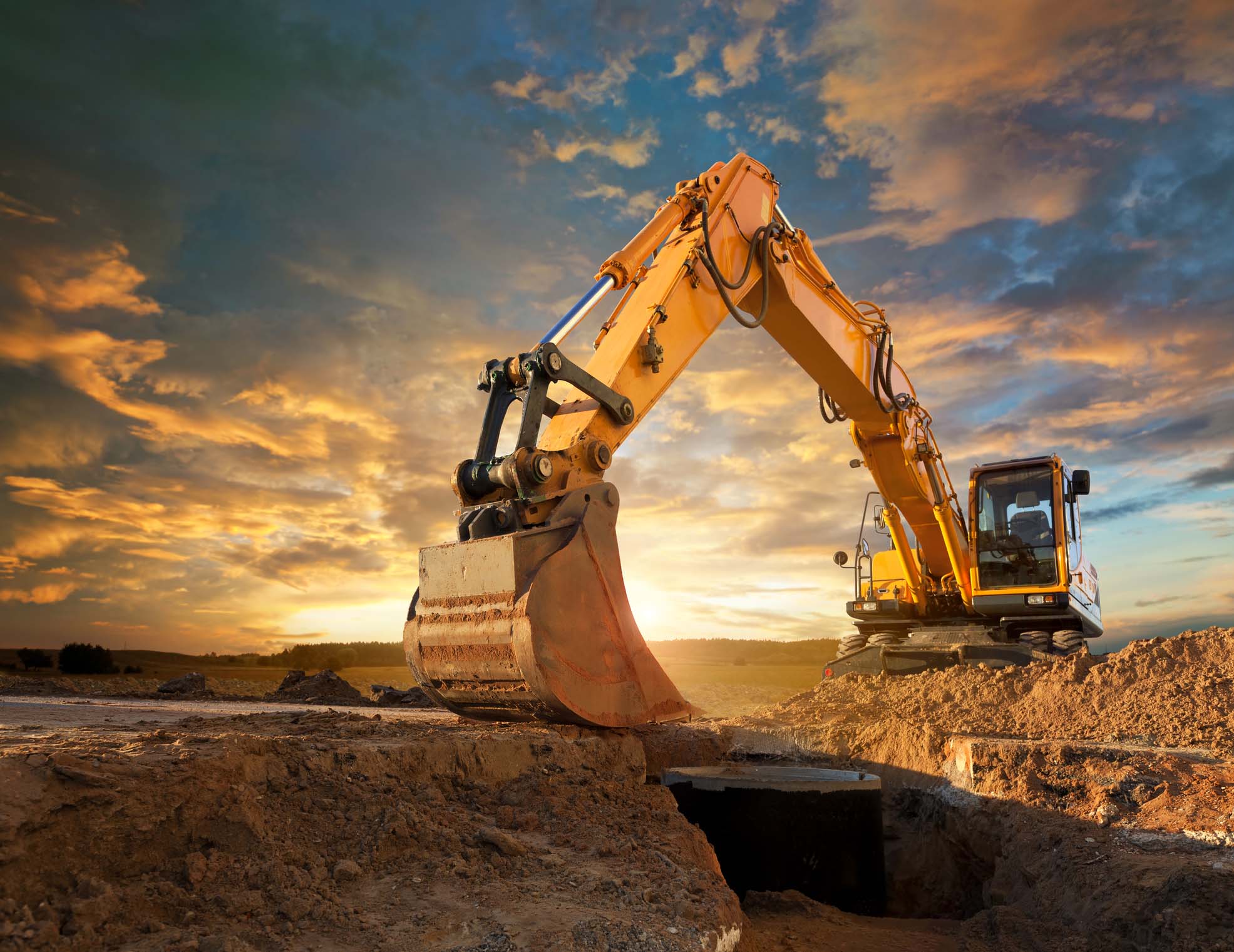
Advantages of CPM Insurance in the USA relate to the benefits accrued to contractors as a way of cushioning them against sudden financial burdens associated with either loss or damage to equipment. The key advantages include the following:
1. Comprehensive Equipment Protection
• All-Risk U.S Coverage: CPM insurance is generally all-risk coverage that covers many forms of loss or damage, including fire, theft, natural disasters, accidents, and more, in order to protect highly valued machinery against unexpected eventualities.
• Covers Both Owned and Leased Equipment: The policy can also be tailored in such a way that protection extends to all types of machinery employed in the construction processes, whether owned or rented.
2. Reduces Financial Loss
• Repair and Replacement Costs: Heavy machinery is quite expensive when it comes to repairing or replacing. CPM insurance provides cover such that in situations where the equipment is damaged due to covered risks, the contractor will not be out of pocket, thus minimizing the financial burden resulting from it.
• Theft and Vandalism Coverage: In instances of theft or vandalism of the machinery, CPM insurance would provide compensation against such incidences, which could lead to huge losses.
3. Covers On-Site and Transit Risks
• Multi-Site Coverage: International U.S Contractors work in multiple sites regularly. Besides the coverage when in use, CPM insurance covers machinery during transport between these sites.
• Transit Coverage: Most machinery will be quite easily damaged during transit. In this regard, CPM insurance covers any kind of damage that might occur during transportation from site to site.
4. Third-Party Liability Protection
• Damage to Third-Party Property: CPM insurance may also provide International third-party liability cover, which shields contractors from legal and financial liability should their equipment damage someone else's property or injure them.
• Reduces Legal Expenses: In some instances, contractors get sued when their machinery causes specific damages; this insurance pays partially or fully for the legal fees of defending against such litigation.
5. Conformity with Contractual Obligations
• Contractually Obligated: A lot of big construction contracts require contractors to have CPM insurance. It helps them to meet such requirements and qualify for more bids with increased capacities.
• Avoids Delays: Proper coverage could speed up the process of approval and cut down delays that may arise due to insurance-related issues.
While CPM is quite important in protecting the contractor, there are a few cons that one would look out for whenever he or she is purchasing this cover in the USA. These include:
1. High Premium Costs
• Expensive Premiums: It is important to note that CPM USA insurance premiums are relatively high, depending on the International value and type of equipment, location, and specific risks presented. The annual cost of insurance could be quite high for those contractors who deal with big fleets of expensive machinery.
• Specialized Equipment Extra Costs: Those machines that are of a high-risk nature or are operated in hazardous conditions may have even higher premiums, thus raising the cost for contractors.
2. Deductibles and Coverage Limits
High-Deductible Policies: Most of the policies have very high deductibles, and such deductibles would mean that the coverage would not kick in until the contractor pays for such a considerable amount. The claims coming at the same time could bring on unforeseen financial burdens.
• Coverage limits: For a specific type of damage, there can be a limit on how much an insurance payout can be. In such a case, if the damage exceeds the cap of the policy, contractors may have to be liable for the remaining costs.
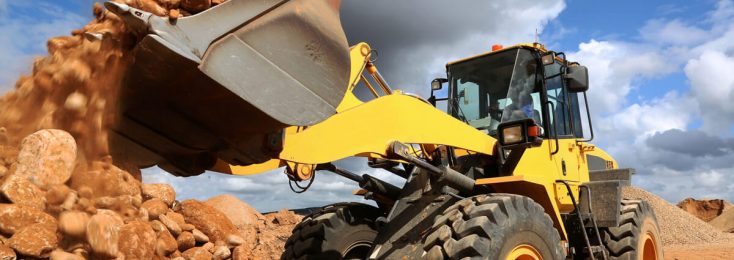
3. Exclusions and Limitations
• Exclusions: These are those risks that International CPM insurance does not cover. For example, wear and tear, breakdown of machinery, improper use, or damages due to lack of maintenance may be excluded from the insurance coverage. It is very important that contractors understand what each of these exclusions covers, as claims may fall into some of these categories and get denied.
• Partial Coverage for Old Equipment: In the event of old/worn-out equipment, partial cover could be available, which pays part of the value or repair cost, while the remaining balance a contractor would have to cover out-of-pocket.
4.Lengthy Claims Processing: Reimbursement and processing of claims take time, which largely depends on the insurer and the complexity of the claim. This will surely have an impact on project timelines and cash flow 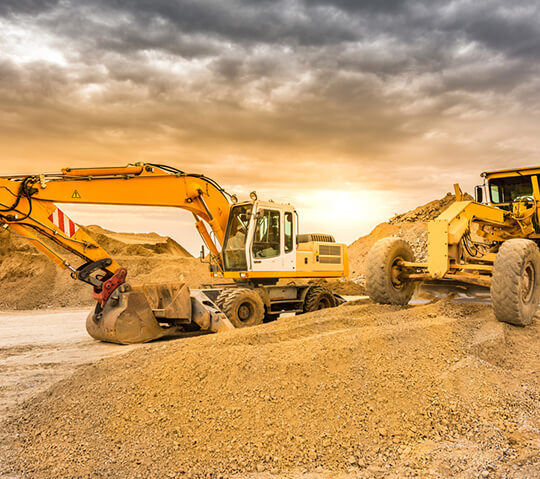 if the machinery is critical to ongoing operations. • Pervasiveness of Paperwork Requirements: From proof of damage to maintenance records and other assorted paperwork, filing a claim could require a mountain of documentation. Contractors may find this cumbersome and time-consuming.
if the machinery is critical to ongoing operations. • Pervasiveness of Paperwork Requirements: From proof of damage to maintenance records and other assorted paperwork, filing a claim could require a mountain of documentation. Contractors may find this cumbersome and time-consuming.
5. Fluctuating Premiums
• Premium Changes: Insurance premiums are subject to change based on multiple reasons such as claims history, risks involved, or market nature. Thus, over time, contractors can expect increases in premiums, which in turn will be reflected in their budgeting, in the event of multiple claims or in highly risky areas.
• Increased Premium as a Result of Claims: Multiple claims or claims with significant losses may lead to increased premiums that make the long-term affordability difficult.
6. Limited Coverage for Certain Events
• Acts of God: The policy may not cover floods, earthquakes, and other major "acts of God." For those contractors who work in areas prone to such events, this would mean additional coverage, adding to the costs.
• Limited Coverage During Non-Use: For instance, machinery not in active use or kept at certain locations is not covered. Hence, protection gaps can happen when there is an incident outside of a machine's active use or in between jobs when equipment is stored.
7. Overlapping Insurance
• Duplication of Coverage: For those contractors who already possess other insurance, such as general liability or builder's risk insurance, there is likely duplication of coverage. The net result is that one may pay for redundant insurance without adding much protection.
• Managing Several Policies: Having multiple different policies, such as general liability, workers' compensation, CPM, etc., can be overwhelming regarding the management of papers and terms of coverage, resulting in possible gaps or duplication in coverage.
8. Not a One-Size-Fits-All Solution - Difficulties in Customization: Each project and equipment is different, hence difficult to find the right policy which would precisely suit the requirement of a particular contractor. It may be difficult and cumbersome to tailor the policy to cover just about everything that is required, and any mistake or omission might result in poor International coverage.
In brief, while CPM insurance offers essentially priceless protection, before purchasing a policy, the contractor should pay due regard to the costs, exclusions, and complexity. Oftentimes, it is so important to work with an insurance advisor to make certain that the policy covers only what business needs without overpaying for things not required.
Insurance for the USA CPM caters for accidental damage or loss, whether owned, leased, or hired, of construction equipment. The policy aims at safeguarding the machinery utilized either in building or in civil engineering projects against various risks.
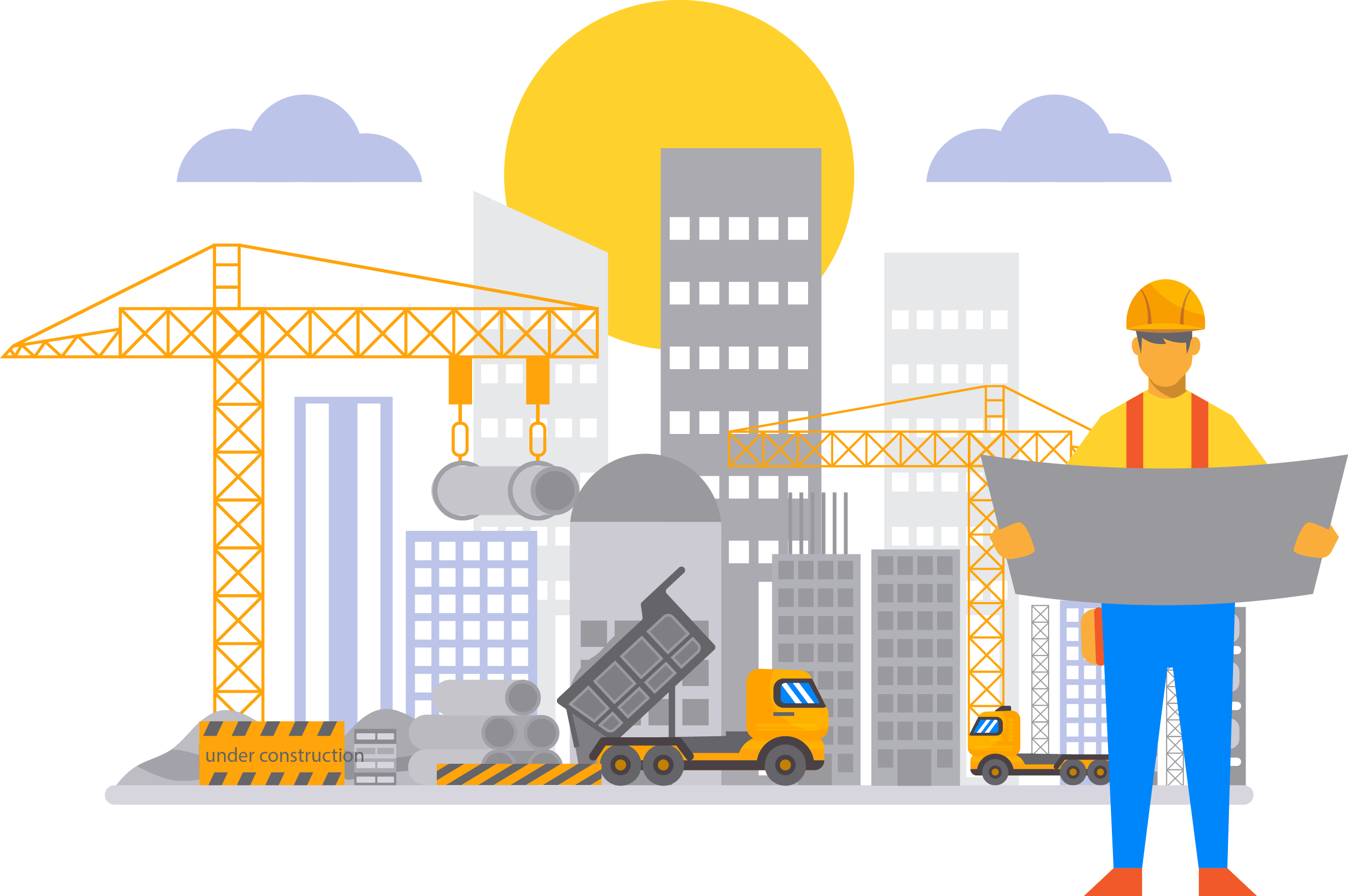
Following is a brief overview of the International policy structure of CPM insurance:
1. Scope of Coverage
The International U.S policy coverage usually extends to:
• Accidental Damage: This will cover the accidental loss or damage of machinery due to sudden and unexpected events.
• Natural Disaster: It covers against machinery damage on account of flood, earthquake, hurricane, or any other natural calamity. Coverage against natural disasters is provided if it forms part of policy coverage.
• Fire and Explosion: It provides cover against loss resulting from fire, lightning, and explosion.
• Theft and Vandalism: Coverage against theft of machinery or damages caused by malicious acts.
• Transit Risks: Machinery is covered when in transit from one location to another.
• On-Site Damage: The machinery is covered under the insurance International policy at the site, whether it is in operation at the construction site or kept at the site.
• Third-Party Liability: Liability for any damages at third-party properties or injury caused due to the contractor's machinery is provided optionally.
2. Machinery Covered
The policy can be extended to cover:
• Owned Equipment: Machines owned by the contractor, such as excavators, cranes, loaders, etc.
• Leased or Rented Equipment: Equipment rented or leased by the contractor.
• Hired Equipment: Equipment hired for temporary use on specific projects.
3. International U.S Policy Term
• Annual U.S Policy: The Contractor usually takes up an annual policy since equipment use is project-based and will be required throughout a particular year on multiple projects.
• Project-Specific Policy: This also can be tailored to cover the equipment during the course of a particular project.
4. Policy Exclusions
The following are some common exclusions:
• Normal Wear and Tear: This policy is not liable for any damage caused due to wear and tear, gradual deteriorations, or rusting. U.S Mechanical or Electrical Breakdown: Failures emanating from the breakdown of machinery due to internal defects or operational errors are often excluded.
Negligence or Improper Use: Any form of damage emanating from poor handling, improper use, or even lack of maintenance.Pre-Existing Damage: Any loss or damage that had already occurred wHEN buying the International policy.
• Acts of War or Terrorism: Damage caused by an act of war, civil commotion, or terrorism is usually excluded unless additional coverage has been bought.
5. Policy Inclusions
Other types of cover that can be incorporated into the International USA policy include:
• Breakdown Coverage: Covers against mechanical and electrical breakdown of machinery - extra premium payable.
• Hired-In Plant Coverage: For any machinery that is hired or leased, this provides liability for damage to the hired equipment.
• D - Contractor's Equipment at Multiple Sites: This would cover machinery utilized at various job sites or machinery stored at different locations.
• E - Idle and/or Stored Equipment at the Job Site: Most policies cover machinery not in use on site but stored there.
6. Premium Determinants
The premium level for the CPM insurance depends on several factors to wit:
• Machinery type and value. High value and highly specialized machinery normally attracts higher premiums.
• Extent of Coverage: Comprehensive policies entailing a wide range of risks will have higher premiums than basic ones.
• Geographical Location: Contractors operating in high-risk areas prone to natural disasters or theft may face higher premiums.
• Claims History: Contractors with histories of frequent claims may face increased premiums.
• Policy Deductible: The higher the deductible-the amount one pays out-of-pocket before U.S insurance-the lesser the premium and vice versa.
7. U.S Policy Conditions
• Insured Amount: The amount that is normally insured will be the total market value of the machinery or its replacement cost. Underinsurance can lead to carrying part of the loss by the contractor.
• Deductibles: The policy will contain a deductible; hence, it means the amount that the contractor must pay for the loss before the insurance company pays out the remainder. Higher deductibles tend to lower the premium in general.
• Territorial International Coverage: A majority of the U.S policies insure the machinery or equipment within a specific territory. Where the machinery is used or taken out of the described territory, it may then not be covered.
• Premium International U.S Payments: Premium rates depend on the value of the machinery, extent of the cover, location of the contractor, type of equipment, and the contractor's history of claims.
Posted on 2024/10/13 09:49 AM
